On October 13 we celebrate Indigenous People’s Day. This day is a celebration of the true discoverers of our continent, the indigenous people who likely came here from modern day Asia tens of thousands of years ago, and whose descendants were forcibly and tragically removed into reservations and other areas away from their common lands. The same descendants contribute immeasurably to culture in North American and the United States at the present day.
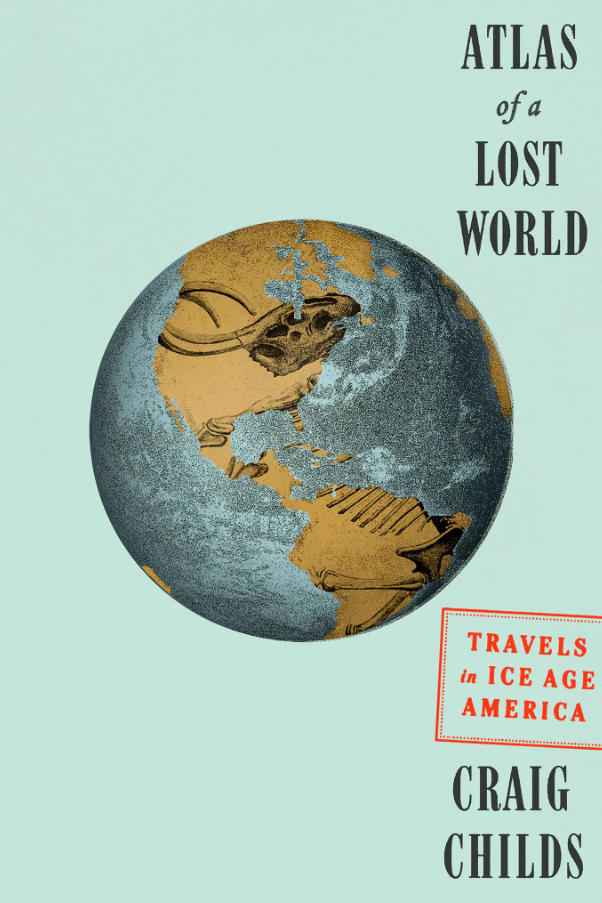 How did these ancient peoples arrive in North American in the first place? Most theories propose that, slightly before the immense Laurentide Ice Shield started quickly receding, around 10,000 years ago, they migrated across the Bering Land Bridge, which was also called Beringia. This was possible because the massive North American ice fields had sucked up so much water into their frigid interior mass that sea levels were at least 20 meters below current levels, thus creating Beringia.
How did these ancient peoples arrive in North American in the first place? Most theories propose that, slightly before the immense Laurentide Ice Shield started quickly receding, around 10,000 years ago, they migrated across the Bering Land Bridge, which was also called Beringia. This was possible because the massive North American ice fields had sucked up so much water into their frigid interior mass that sea levels were at least 20 meters below current levels, thus creating Beringia.
However, it is now known that although peoples did make there way across the Bering Land Bridge at this time, others made their way down the “kelp belt” that rings the Pacific Coast much, much earlier; skirting the ice fields that would have hemmed them in. Some archeologists and historians of archaic human history believe that such exploration occurred as far back as 20,000-30,000 years ago. Continue reading “The Ice Age Peoples of Indigenous People’s Day”
On Saturday, Sept. 20, Prairie Garden Trust hosted a guided walking tour in partnership with DBRL as part of One Read programming. I wrote about my memory of this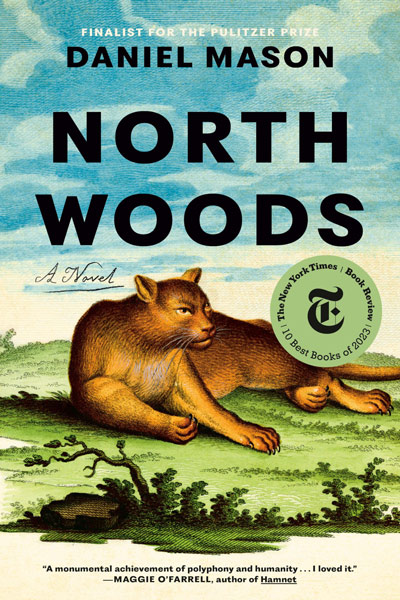 enchanting visit, in conversation with the voices of Daniel Mason’s “North Woods.”
enchanting visit, in conversation with the voices of Daniel Mason’s “North Woods.”
It’s a beautiful morning for a walk in the prairie: soft sun, blooming asters, a feeling of quiet wakefulness that widens the gaze. The guide tells us a story about a cluster of ticks falling into his boot. We laugh, and some of us tuck our pants into our socks. I heed his warning, spray my sneakers until they glisten with repellent, but it’s hard to imagine anything truly bad happening out here. Continue reading “A Walk With “North Woods” Through Prairie Garden Trust”
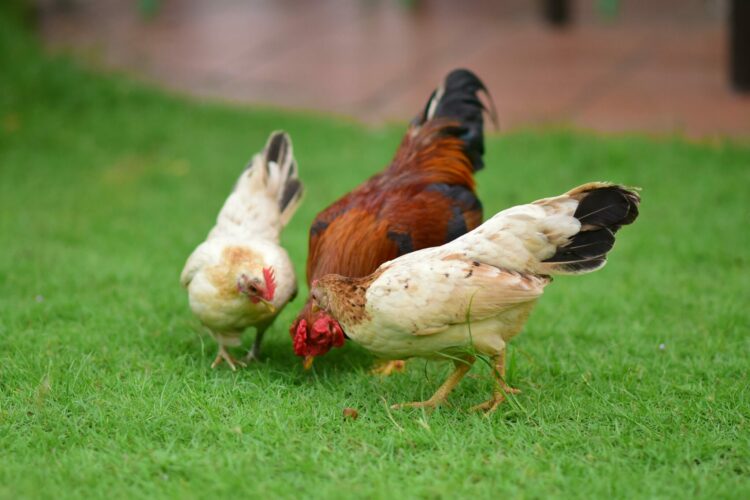 BAWK!!!! BAWK!!!!
BAWK!!!! BAWK!!!!
Have you ever heard the squawking of a chicken laying an egg? It’s a delightful sound like no other that promises the gift of a fresh egg to fry, scramble or use in a recipe. I began keeping backyard chickens in 2010, when Columbia first allowed up to six chickens (but no roosters) per tract of land. Our younger son and I attended an introductory workshop sponsored by Columbia Center for Urban Agriculture, and we were off on a new adventure! Continue reading “BAWK!!!! Keeping Backyard Chickens”
Daniel Maupin Dulany married his first wife, Jacintha Maupin, in 1841, and, in 1853, he buried his third wife, Ann Craig. Wife number two, Mary Ann Thompson, passed in 1845. He later had a memorial stone erected for Jacintha, Mary and Ann at the Founder’s Cemetery in Paris, Missouri; perhaps as he and his fourth wife, Mary, moved to Iowa. I found this memorial stone while out geocaching. I was fascinated. Who were these women? How did they die so soon after marrying Daniel and more importantly, how did they live? Where are their actual graves, as this is a memorial stone? I could find very little information about these three women on Google. So I went hunting.
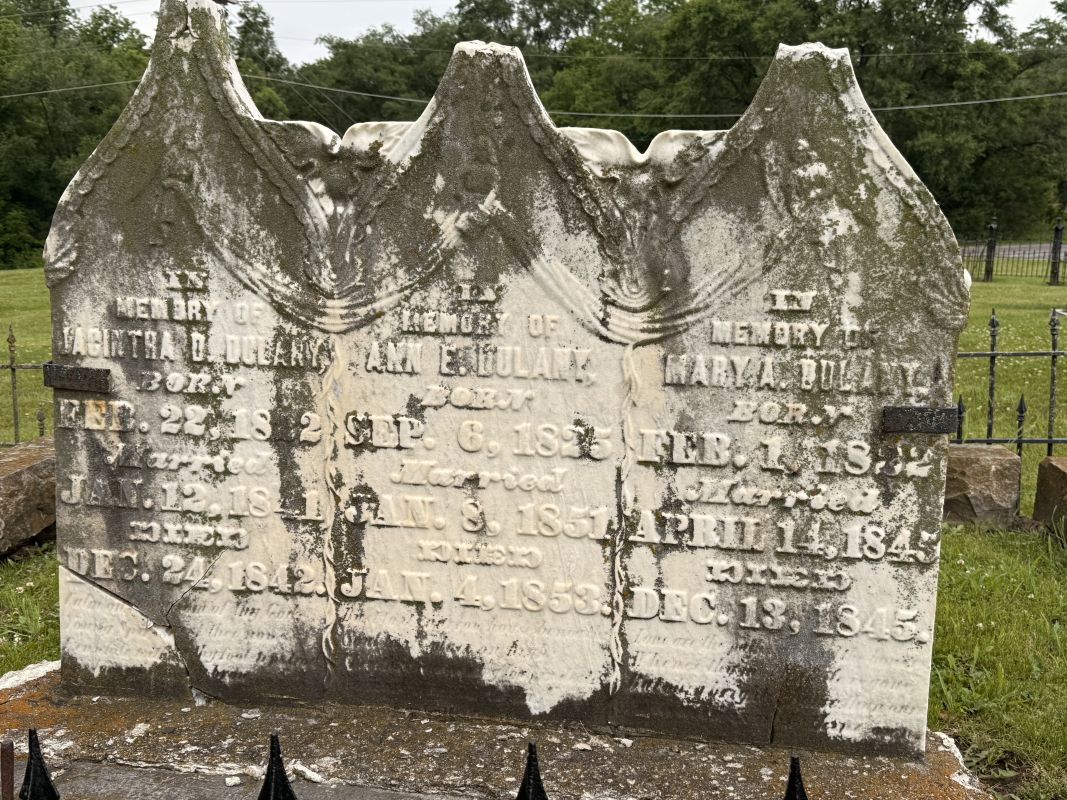 Continue reading “The Three Dead Wives of Daniel Dulany”
Continue reading “The Three Dead Wives of Daniel Dulany”
After living more than 50 years in the same house — the very place where I grew up — my mom is moving. Undeniably, it’s the right time, the proper stage of life. But this process has evoked lots of emotion for her, as well as for me, my brother, our respective spouses and other family members: grief, frustration, indecision, excitement, possibility and trepidation. To be sure, practical mechanics and logistics matter. Van expenses need to be compared, old papers need to be sorted, heirlooms need to be passed along. These aspects require vast amounts of time, energy and organization. The intangible feelings involved, however, are much more complex.
I’ve gathered a list of books that appear relevant to what’s percolating inside of me as my mom navigates this transition. I ponder what methods will keep me sane as her fears bubble up, and I consider how I want to leave the state of my possessions in the future for my own offspring. Continue reading “Moving On”
Did you know that your library card gives you digital access to local and major newspapers, if you live in Boone or Callaway counties? I’ve written about this before, but the newspaper databases have been rearranged so I have an opportunity to revisit this. Want to learn more about it? Come with me … Continue reading “Read Digital Magazines and Newspapers, For Free, From Home!”
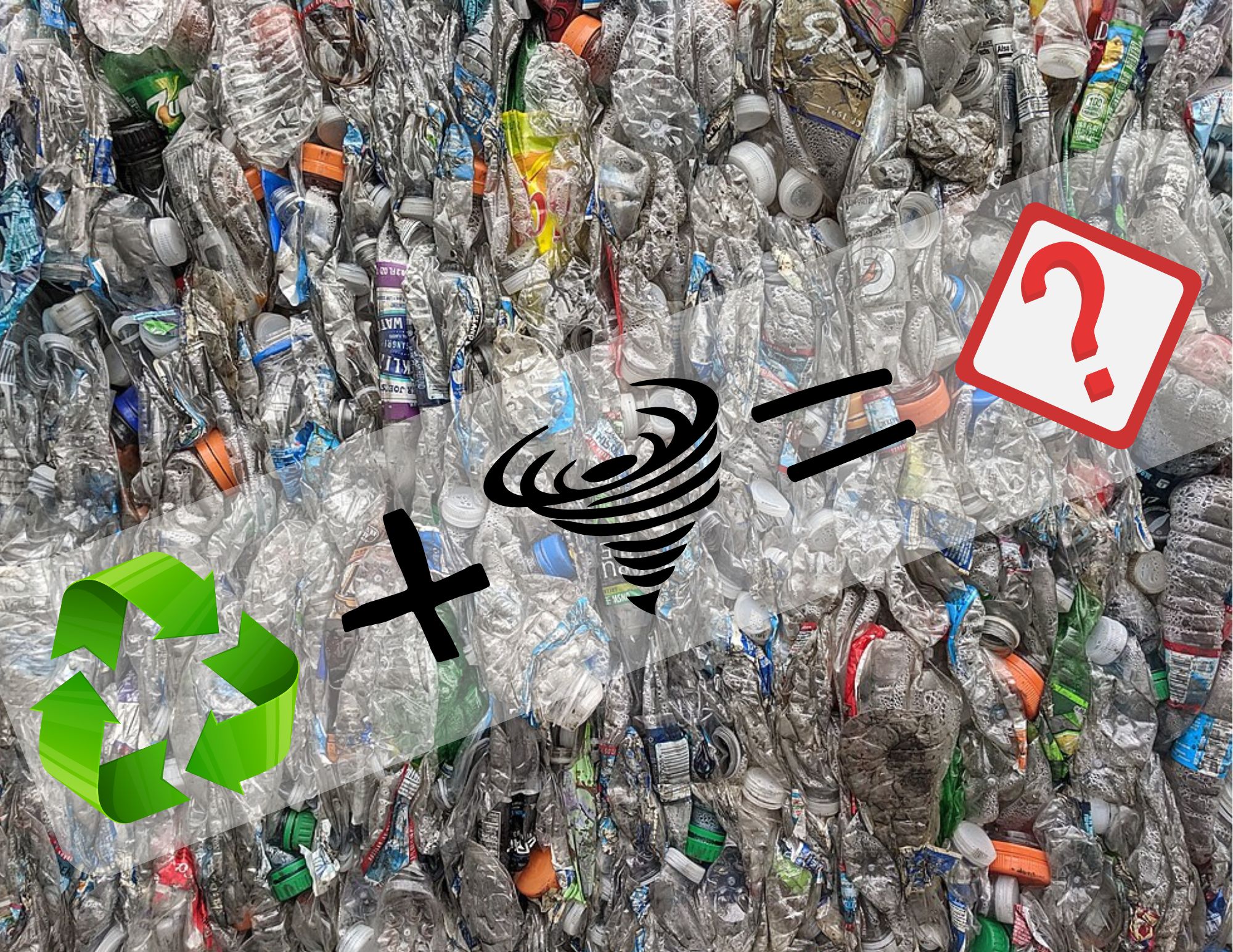 Since the tornado hit the Columbia Municipal Recycling Center in April, the laundry room in our house, which is where we collect our recyclables, looks a lot like the tornado hit it, too. It has our whole family thinking more about how to reduce waste streams in our house.
Since the tornado hit the Columbia Municipal Recycling Center in April, the laundry room in our house, which is where we collect our recyclables, looks a lot like the tornado hit it, too. It has our whole family thinking more about how to reduce waste streams in our house.
If you are also struggling to figure out how to adjust waste management in your household, we have a program coming up this month that might help! Continue reading “Beyond Recycling”
As I am writing about scavenger hunts, I want to mention one of my favorite movies. “My Man Godfrey,” is a 1936 comedy starring William Powell and Carole Lombard, a comedic, witty film about social inequities of the Great Depression. The opening scenes introduces us to Godfrey, a forgotten man, who is persuaded by Irene, a bored socialite, to be a found object in a scavenger hunt. Godfrey finds himself in a lavish ballroom where people are noisily dragging goats and lamps about and who look appalled at a man dressed in dirt and tattered clothes.
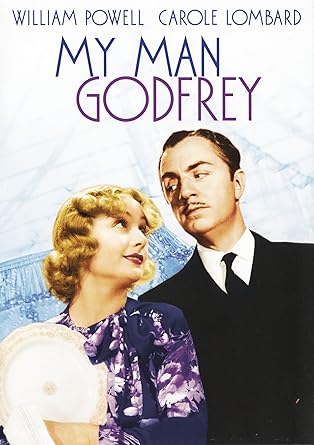 Why am I thinking about scavenger hunts? The Columbia Public Library is offering our own scavenger hunt on Saturday, June 28. You won’t be looking for goats but you will be looking for a murderer! Location clues will take you through the library where you will find clues (hints) to help you determine the murderer, how they did it and where the deed was done.
Why am I thinking about scavenger hunts? The Columbia Public Library is offering our own scavenger hunt on Saturday, June 28. You won’t be looking for goats but you will be looking for a murderer! Location clues will take you through the library where you will find clues (hints) to help you determine the murderer, how they did it and where the deed was done.
Who dies? Marianne Librarian! Continue reading “Let’s Go On a Scavenger Hunt!”
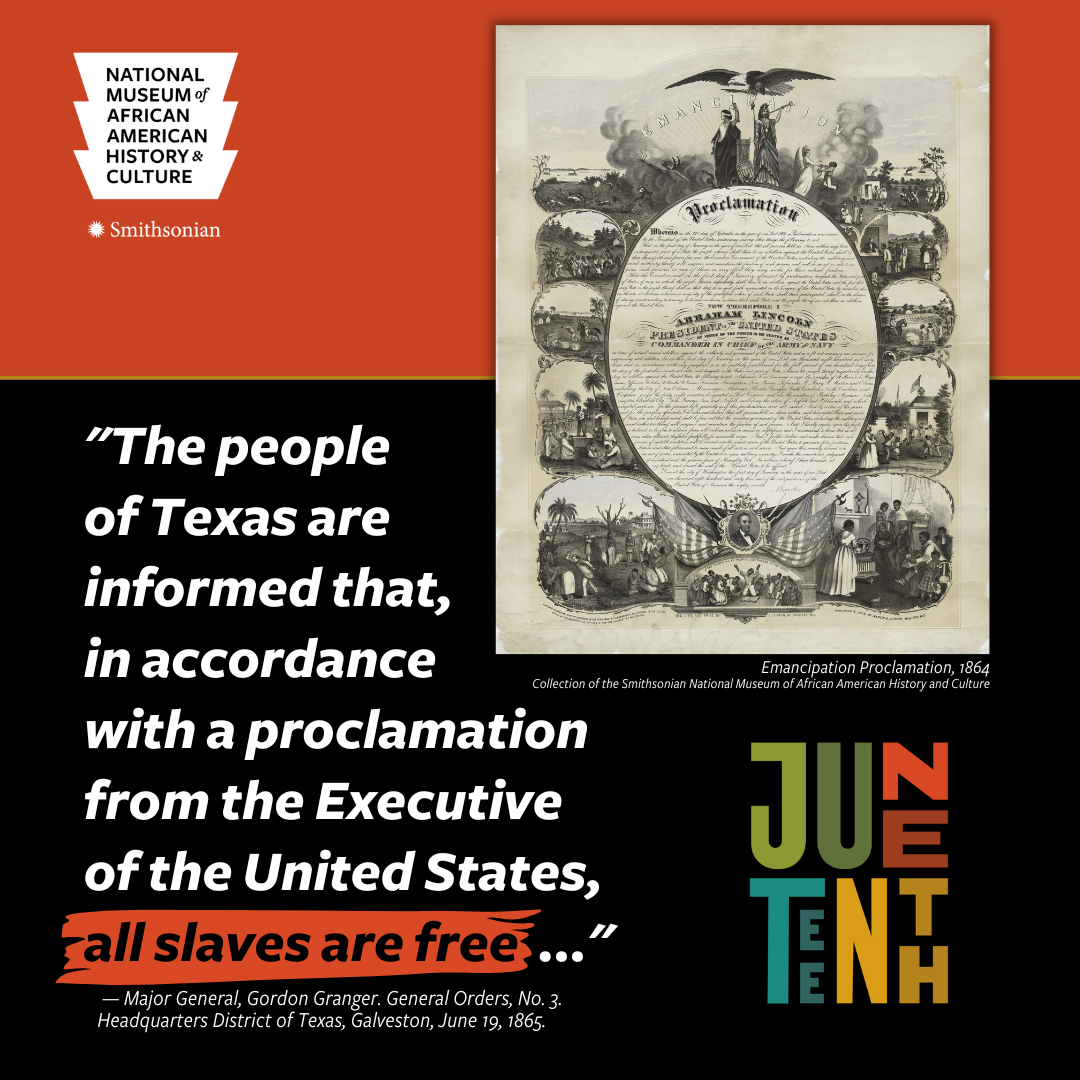 How do you celebrate Juneteenth?
How do you celebrate Juneteenth?
Remembering, celebrating and reflecting on Juneteenth and the end of slavery in the U.S. is done by differently by different people. Many of the traditions associated with Juneteenth trace back to original events when people first learned they were free of enslavement.
The National Museum of African American History and Culture‘s (NMAAHC) website has photographs, articles and artifacts that illustrate the history of Juneteenth. Continue reading “Celebrating Juneteenth”
Let me tell you about a happy accident: I was helping someone find a book in the nonfiction section and was doing the sideways-head-thing, eyeing the call numbers. Not purposely looking at titles because I was seeking the general area of the call number in question and I moving at a pretty quick pace. And yet I was stopped in my tracks by an author’s name — it was someone I follow on Substack! Someone who writes about farming and quirky situations and whom I would love to sit down and have a good conversation.
Books are almost as good. I grabbed it, confusing my library patron for a moment. Continue reading “Women Farmers”
 How did these ancient peoples arrive in North American in the first place? Most theories propose that, slightly before the immense Laurentide Ice Shield started quickly receding, around 10,000 years ago, they migrated across the Bering Land Bridge, which was also called Beringia. This was possible because the massive North American ice fields had sucked up so much water into their frigid interior mass that sea levels were at least 20 meters below current levels, thus creating Beringia.
How did these ancient peoples arrive in North American in the first place? Most theories propose that, slightly before the immense Laurentide Ice Shield started quickly receding, around 10,000 years ago, they migrated across the Bering Land Bridge, which was also called Beringia. This was possible because the massive North American ice fields had sucked up so much water into their frigid interior mass that sea levels were at least 20 meters below current levels, thus creating Beringia.



 Since the tornado hit the Columbia Municipal Recycling Center in April, the laundry room in our house, which is where we collect our recyclables, looks a lot like the tornado hit it, too. It has our whole family thinking more about how to reduce waste streams in our house.
Since the tornado hit the Columbia Municipal Recycling Center in April, the laundry room in our house, which is where we collect our recyclables, looks a lot like the tornado hit it, too. It has our whole family thinking more about how to reduce waste streams in our house.
